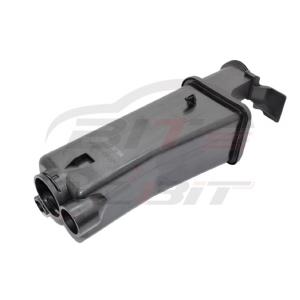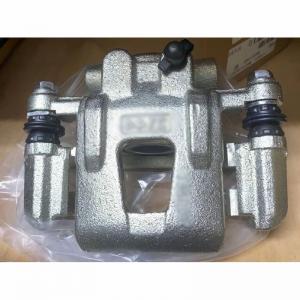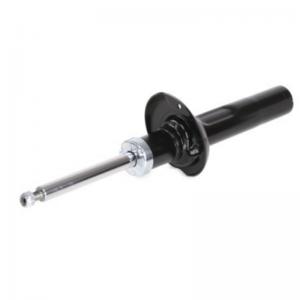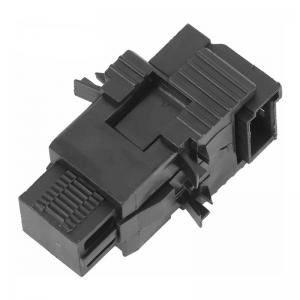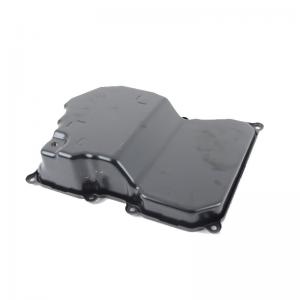Wheel Brake Cylinder
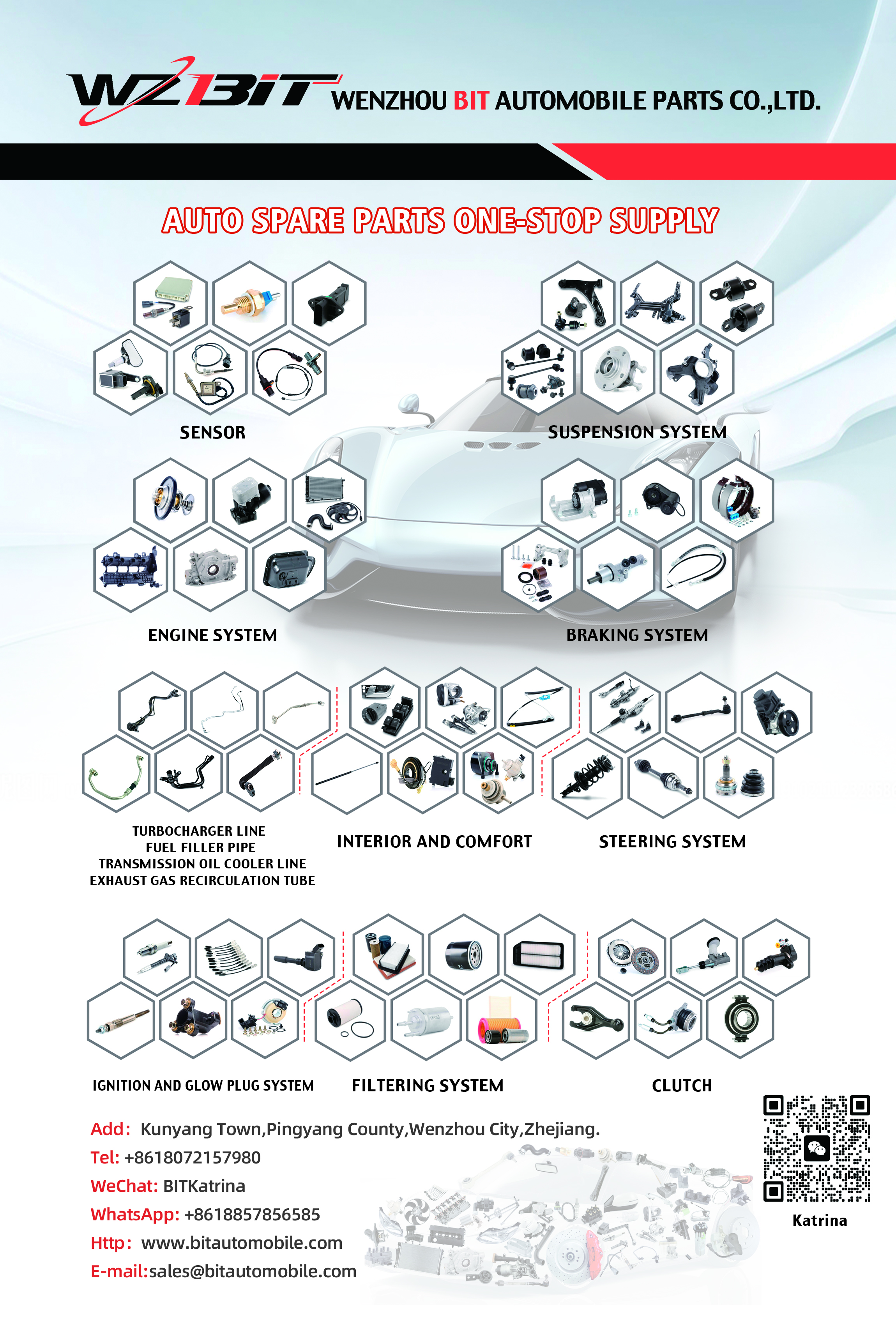
The wheel brake cylinder, also known as the wheel cylinder, is an essential component in a vehicle's drum brake system.
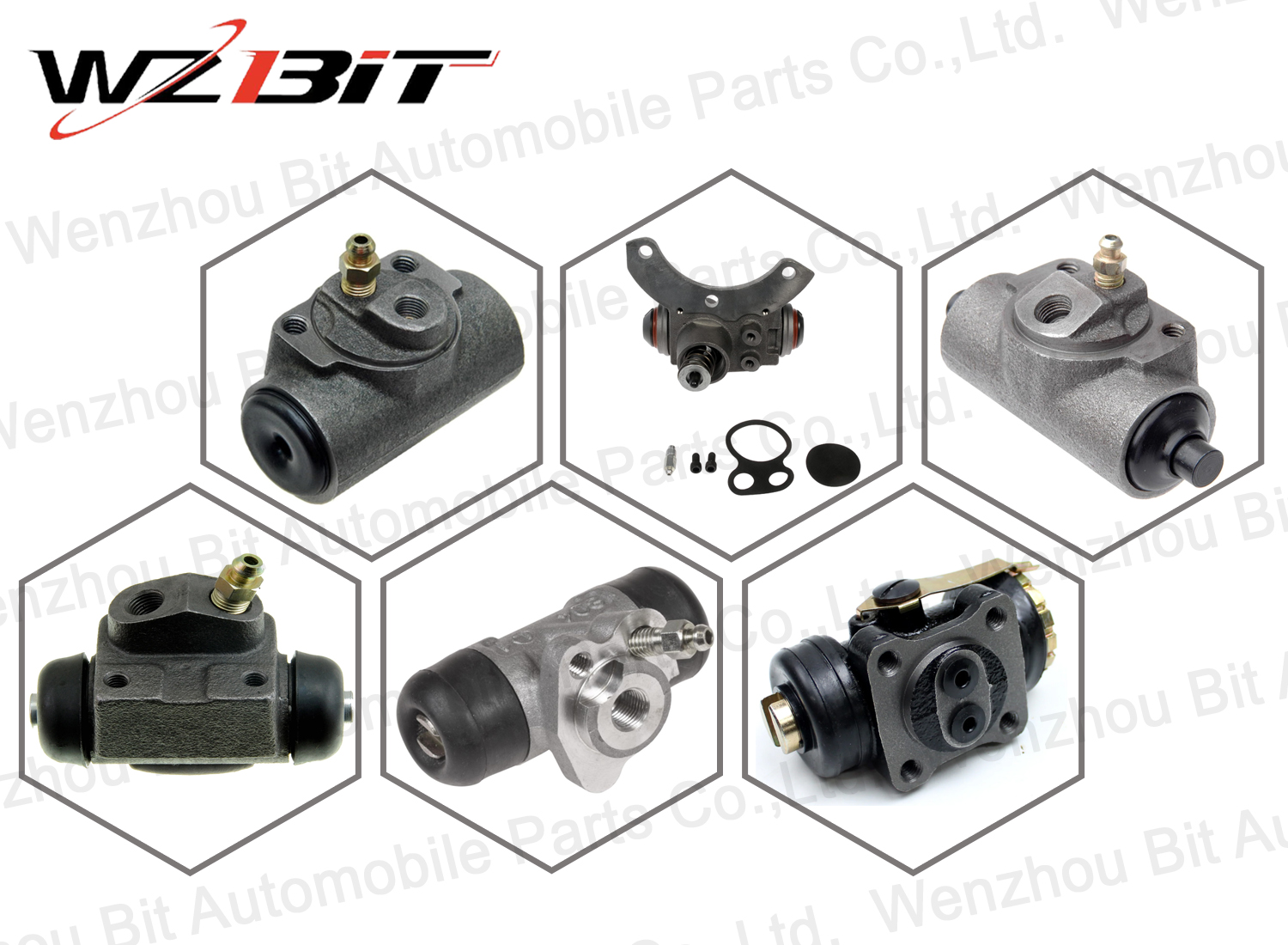
OE Number
1-47600-378-0
1476003780
Compatible Applications
ISUZU JBR JCR DBR 1979~84
Definition and Function
- Hydraulic Component: The wheel brake cylinder is a hydraulic component in the drum brake system that converts hydraulic pressure from the brake fluid into mechanical force.
- Actuation of Brake Shoes: Its primary function is to push the brake shoes outward against the drum, creating friction to slow down or stop the vehicle.
Components
- Cylinder Housing: The main body of the wheel cylinder, typically made of cast iron or aluminum, which houses the internal components.
- Pistons: Typically two pistons, one on each side of the cylinder, that move outward when hydraulic pressure is applied.
- Seals and Boots: Rubber seals prevent brake fluid leaks, and dust boots protect the pistons and seals from contaminants.
- Bleeder Valve: A small valve used to bleed air from the brake system during maintenance to ensure proper hydraulic pressure.
Operation
- Hydraulic Pressure Application: When the brake pedal is pressed, brake fluid is pressurized by the master cylinder and flows through the brake lines into the wheel cylinder.
- Piston Movement: The hydraulic pressure forces the pistons to move outward, pushing the brake shoes against the inner surface of the brake drum.
- Friction Generation: The contact between the brake shoes and the drum generates friction, which slows down or stops the rotation of the wheel.
Maintenance and Replacement
- Inspection: Regularly inspect wheel cylinders for signs of leaks, corrosion, or sticking pistons. A leaky wheel cylinder can cause a loss of brake fluid and reduced braking efficiency.
- Cleaning and Lubrication: Keep the area around the wheel cylinder clean and ensure moving parts are properly lubricated.
- Replacement: Replace the wheel cylinder if it shows signs of leakage, corrosion, or if the pistons are not moving freely. Replacement involves removing the brake drum, disconnecting the brake line, and removing the old cylinder.
Considerations
- Compatibility: Ensure replacement wheel cylinders are compatible with the specific make, model, and year of the vehicle.
- Brake Fluid Maintenance: Regularly check and maintain proper brake fluid levels and quality to ensure optimal brake system performance.
- Professional Installation: If unsure about maintenance or repairs, it’s advisable to seek professional installation by a qualified technician to ensure proper installation and safety compliance.
- Brake System Bleeding: After replacing a wheel cylinder, bleed the brake system to remove any air and ensure proper hydraulic pressure and brake function.
Summary
The wheel brake cylinder is a crucial component in the drum brake system, responsible for converting hydraulic pressure into mechanical force to push the brake shoes against the drum, creating the necessary friction to slow down or stop the vehicle. Regular inspection, maintenance, and timely replacement of wheel cylinders are essential for maintaining effective braking performance and ensuring vehicle safety.
Send your message to us:



